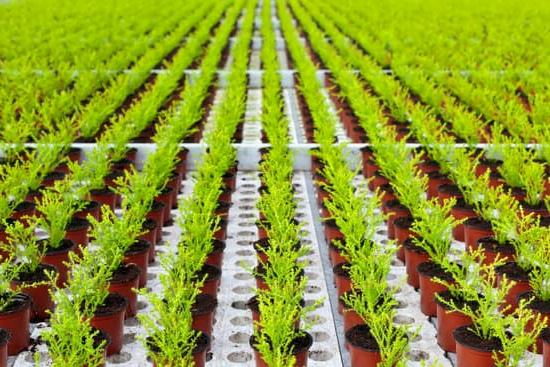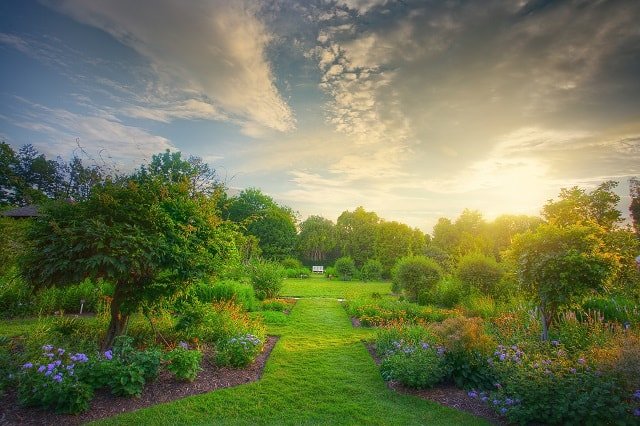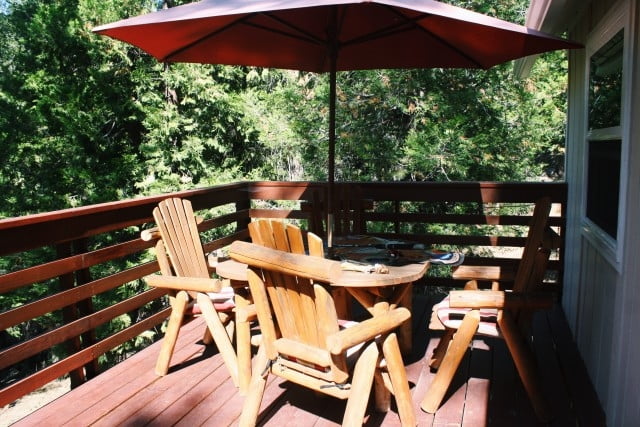
Different Types Of Gardening
Gardening is the art and practice of growing and cultivation of plants as a part of hortology. In horticulture, plants are usually grown for their edible foliage, flowers, or other attractive features; beneficial plants, including herbs, vegetables, and fruits, are grown for their various uses. Gardening can be done on a small scale as a hobby, on a large scale as a method of gardening for profit, or on a small scale as a method of gardening for the environment. Regardless of the scale, gardening involves the care of a variety of plants that grow best when kept in an environment similar to their natural habitats, and that require similar management practices to ensure their optimal growth and development. Gardening includes the cultivation of one or more types of plants.
There are two main types of gardening. The first type is ornamental horticulture, which includes gardens designed primarily for display or decoration. This main article deals with horticultural landscapes. The second type is hardscaping, which refers to gardens which produce plant growth for specific functions, such as water management, soil fertility, wildlife habitat, etc.
The main article continues with a detailed description of how ornamental horticulture and landscape gardening differ. Gardening as it relates to ornamental horticulture relates to the creation of gardens intended primarily for display, rather than for utility. This main article also details the various techniques used for landscaping gardens.
Landscape architecture, the art and science of designing outdoor spaces and landscapes, was developed in the late twentieth century. It includes a number of different approaches to landscape construction and management, including botanical gardens, public parks, gardens, conservation gardens, and landscape architecture. Many landscape architects specialize in one or a few areas. These experts generally have a master’s degree in landscape architecture, and usually additional degrees in related fields such as botany, ecology, forestry, environmental science, gardening, landscaping, and urban planning. Landscape architects can be involved in the design and financing of public parks, conservatories, beaches, buildings, bridges, etc.
Sustainable gardening is a form of gardening that incorporates scientific principles. Some of the important features of sustainable gardening include resource use, conservation, and environmental balance. The primary objective of sustainable gardening is to prevent the depletion or degradation of natural resources such as water, land, and plants. Another important aspect of sustainable gardening is to increase the biodiversity of a given area by selective gardening, including planting of specific species of plants. A third objective is to improve soil quality by improving the structure and health of the soil.
Indoor gardening involves growing plants and flowers in containers. The advantage of indoor gardening is that it allows the gardener greater control over the type of plants they wish to grow. For this reason it has become very popular. In addition, indoor gardens are a good way to save energy because you don’t have to transport soil and plants from outdoors to indoors. Many people also use indoor gardens to avoid chemical fertilizers. This article will focus on two popular methods used to grow plants in containers – hydroponic gardening and air gardening.
Air gardening involves growing plants in containers filled with clean, fresh air. The gardener does not need to keep the garden in an open area because the air provides the plants with all the sunlight they need. These types of gardens are easy to maintain and can be placed almost anywhere. The gardener can choose to plant vegetables, herbs, flowers, fruit trees, cacti and ornamental grasses inside the home or in their own outdoor gardens. Air gardening requires only regular misting with water or the use of air pumps.
Horticulture is another popular method of gardening. Horticulture is a form of gardening that involves growing plants in soil, which is rich in nutrients. In horticulture, plants are not grown in large quantities because soil is very expensive. Instead, a small number of plants are grown in each small pot. Plants are usually grown in soil in order to develop big, strong blooms.

Welcome to my blog about home and family. This blog is a place where I will share my thoughts, ideas, and experiences related to these important topics. I am a stay-at-home mom with two young children. I hope you enjoy reading it! and may find some helpful tips and ideas that will make your home and family life even better!





